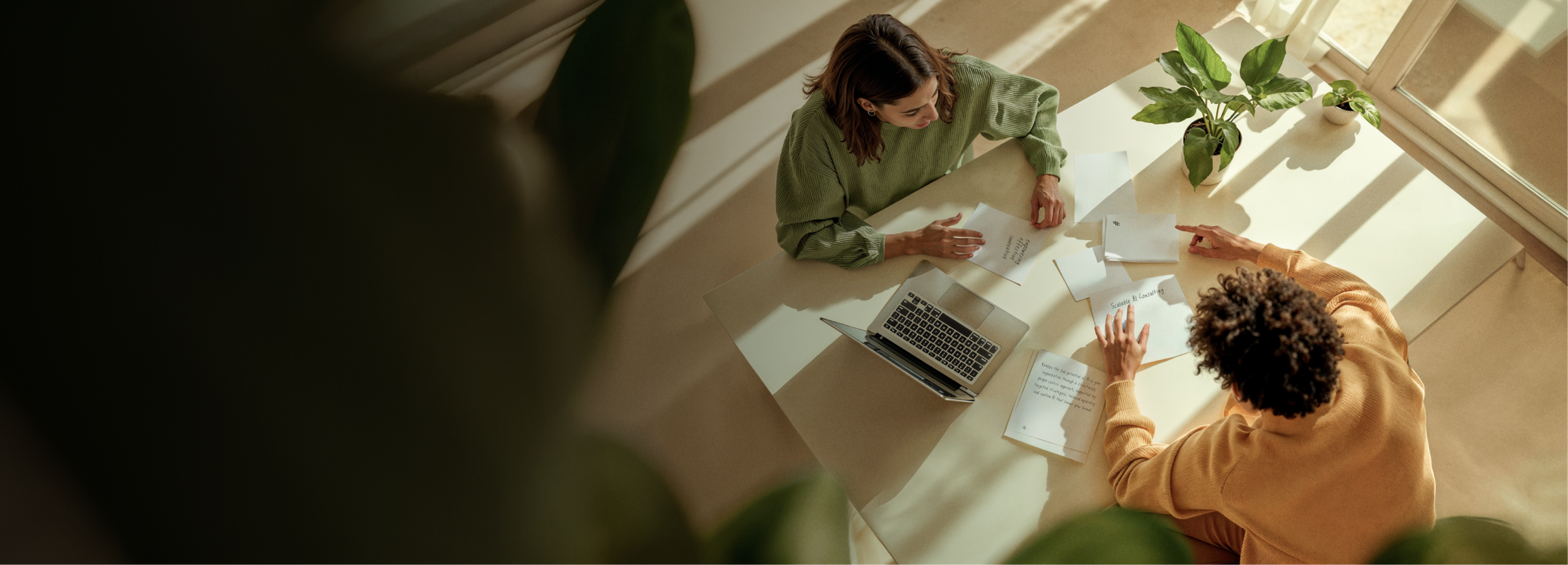
How to Motivate Design Teams: 5 Incredibly Human Approaches
Published 1 Nov, 2023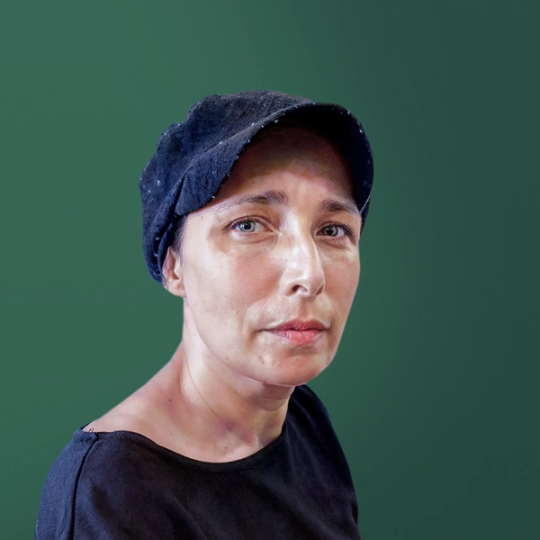
Design teams face more pressure than ever before. This means they also need more motivation and leadership than ever before. We spoke to creative leaders inside Superside and across the industry. In their words, you’ll learn why it’s important to 1) Be human 2) Be flexible 3) Speak freely 4) Take risks and 5) Say “Thank you.”
Ideate, create, refine, repeat.
As pressures on creative teams mount, stress, boredom, burnout and regret aren’t simply minor inconveniences. They’re real-world challenges that lower morale and, ultimately, the quality and effectiveness of the work itself.
Undo, undo, undo.
Intuitive and resourceful creative leaders prioritize engaging and motivating design teams—just as much as they focus on meeting deadlines and improving output.
So, how do you motivate your designers and creatives in real, meaningful ways?
I talked to creative and design leaders inside our business and across the industry to get their honest, authentic advice on what matters most when motivating teams.
5 Down-to-Earth Ways to Inspire Designers and Creatives
I’m not going to tell you how to use your project management software better or dictate the exact number of brainstorming sessions you should have each month. What I will share is candid advice from true creative leaders in their own words.
1. Be Human
Design-led companies are proving that emotional triggers equal a healthy profit.
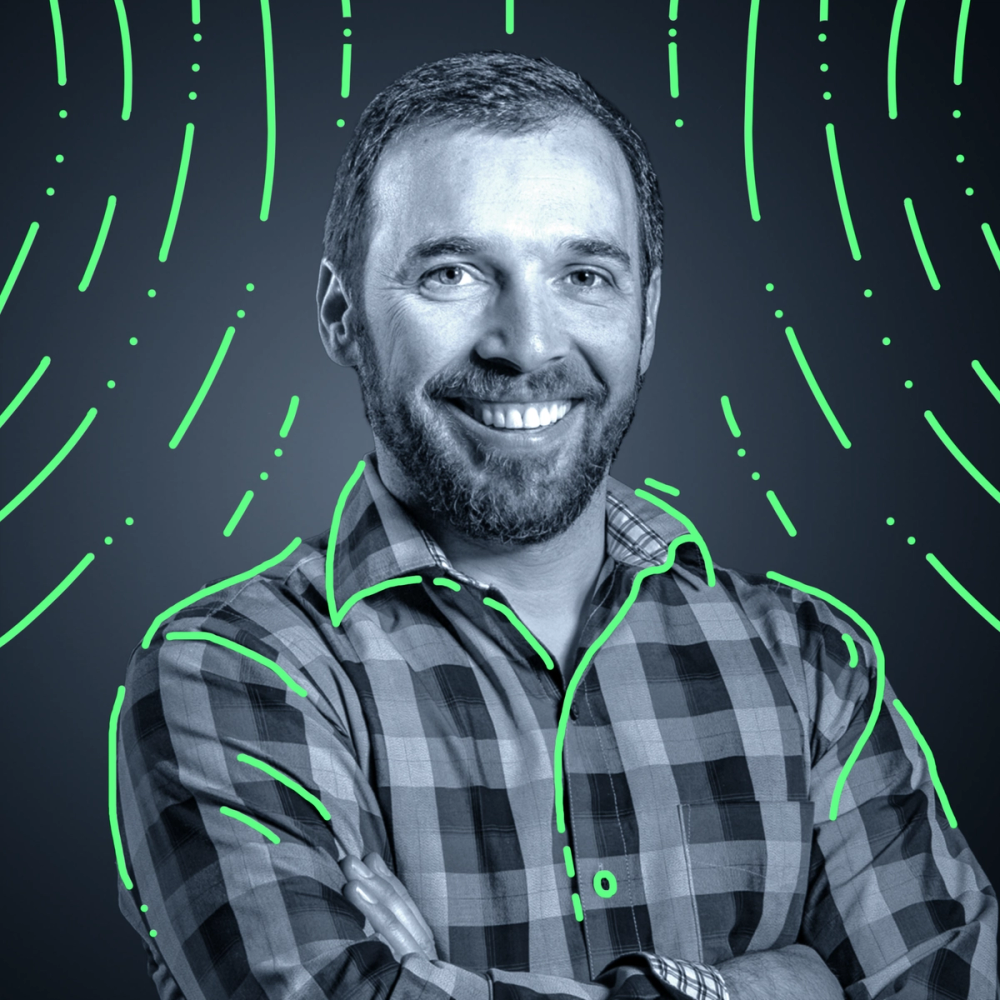
Creatives, designers, producers. Regardless of titles and roles, they’re humans—real humans with real emotions.
One of the strongest voices for the power of emotion, Adam Morgan, Senior Director of Brand and Creative at Splunk and Host of Real Creative Leadership, believes that ideas can change the world. But not just any ideas—emotional ideas are the ones that move the needle the furthest.
Creative leaders from across Superside echoed the sentiment that emotional ideas only thrive in spaces where humans feel truly recognized, supported and empowered.
Let your guard down
Superside’s Kae Neskovic, Creative Director, Branding, Digital Ads and Social Media, pointed out that amid heavy workloads and tight deadlines, it’s easy to forget that having the ability to create is fun. To ensure this playfulness, your people have to feel safe and secure in who they are.
“It's not just about putting different minds together—it’s about creating an environment where everyone feels comfortable to be their authentic selves,” says Neskovic. “In a truly collaborative setting, team members can let their guards down, have fun, be silly, and share even the most unconventional thoughts. It’s in these unguarded moments that creativity thrives.”
Lead with empathy
Miguel Franco, Creative Director, Web & AR at Superside, adds,” Without the emotional balance of the creatives, you can’t scale a sh*t of anything. If you only have robotic processes without an emotional framework behind them, the structure will fall apart.”
When Franco works with his team, he focuses on the actual humans and how they’re doing. He takes the time to understand each designer’s goals and intrinsic motivations.
Every designer and creative has a unique background. As humans, each one has individual histories, skill sets, working styles and more. Recognizing and respecting these differences is part of being a human leader.
2. Be Flexible
Why do we have to do something ‘productive’ to fix burnout?
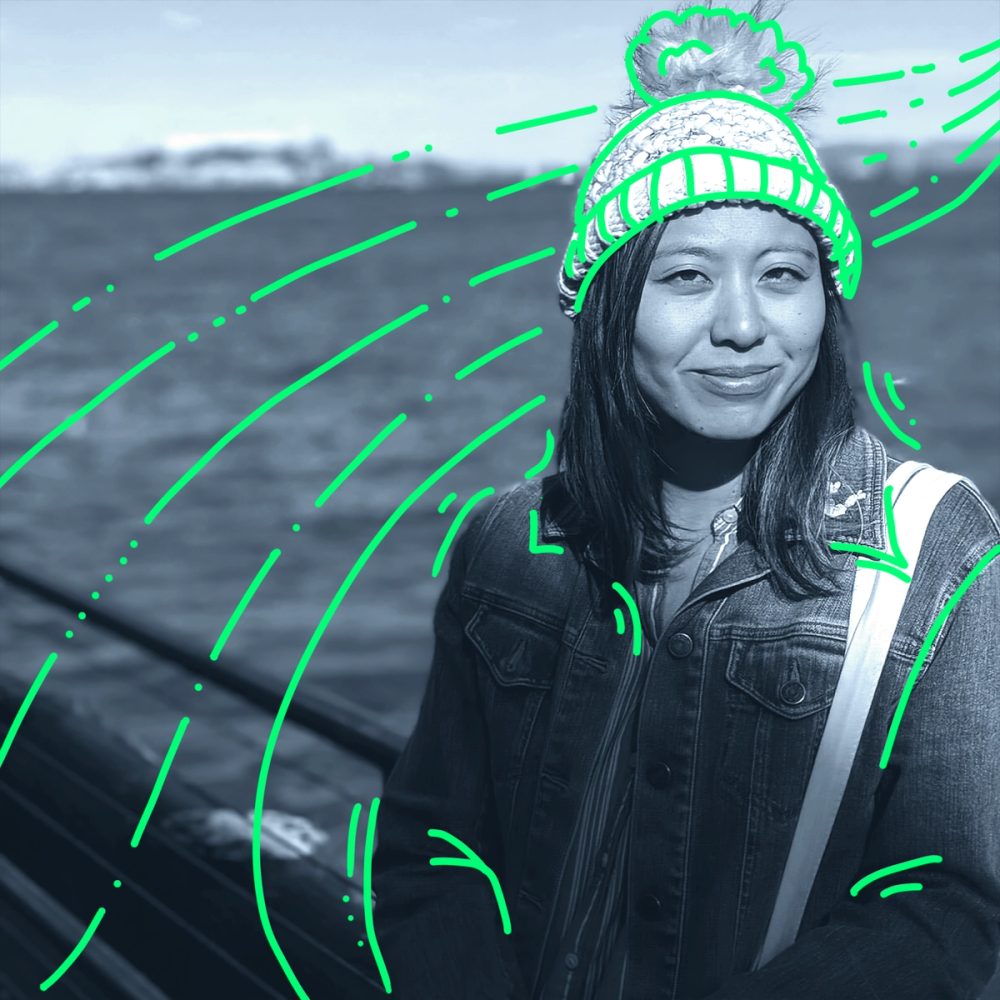
From project ownership to the time and space to create, keeping design teams engaged is a balancing act between providing the right amount of structure and freedom. But, where do you start? Here are a few expert insights to help point you in the right direction.
Allow for ownership
In his former role as Executive Creative Director at Adobe and now the Senior Director of Brand and Creative at Splunk, Adam Morgan has found that designers need to have a sense of ownership that empowers them to take a project and run with it.
To inspire this sense of ownership, Morgan avoids solving problems for his team. Instead, he steps back and encourages them to solve it for themselves—with his support, of course.
Another method Morgan uses? Peppering his team members with questions to expand their thinking on projects. The theme here: Getting his team members to develop their critical thinking muscles, instead of dictating the answers.
Provide growth opportunities
Shachar Aylon, former Executive Creative Director at Picsart and Creative Director at AMP (Amazon Music), emphasizes that creativity needs variety to survive and thrive. This is why, for certain projects, he’ll assign the person who could learn or grow the most from the challenge, rather than the person who already knows a process or skill inside and out.
Give everyone space
Asking, “Why do we have to do something ‘productive’ to fix burnout?” Ching Hsieh, Senior Staff Product Designer at Included Health, challenges “the norm” of suggesting meditation, exercise and in-person or virtual social events to tackle burnout and build teams.
She argues that instead of giving people the time and space they need to do their jobs, these traditional “solutions” are actually time vampires, sucking people dry by stealing precious time and energy.
Would your people rather socialize, stay focused on their work or have a little quiet time to themselves? The answer: Let them choose.
👉Learn more about identifying and battling creative burnout with our three-part series.
3. Speak Freely
Design is in a unique position to make ideas tangible, and to then lead a discussion on whether the direction is right or not.

According to Grammarly’s State of Business Communication Report, 72% of business leaders felt that good communication increased productivity, 63% felt it increased customer satisfaction and 60% said it boosted employee confidence.
Qualitatively, Vuokko Aro, VP of Design at Monzo, finds that her most effective form of coaching is acting as a sounding board for her design team members. Sometimes all it takes is just letting someone talk through their challenges to get past a temporary mental block.
"Design is in a unique position to make ideas tangible, and to then lead a discussion on whether the direction is right or not. After that we go back and forth, working our way towards the correct solution together,” she concludes.
Talk about more than just work
Connections between creative team members are equally important. Helene Botha, Creative Director of Brand Services at Superside, works to support a micro-culture, where time is set aside to include conversations about both work and non-work topics. The bonds formed are valuable in normal times and even more invaluable in times of stress when team members need to lean on each other more heavily.
Get to the heart of the matter
Samantha Berg, Head of Design & Research at SeatGeek, hosts purposeful cross-departmental meetings to foster a deeper understanding of the creative process. During these sessions, she challenges people in non-creative roles to think about the problems they want to solve, rather than the solutions they want to “make pretty.”
Be intentional with your conversations
Morgan encourages designers to be purposeful about their communication both within their team and across the company. He suggests using instant messaging tools, like Slack, for quick exchanges, capturing project details and conversations within project management software and scheduling routine syncs and check-ins that complement the asynchronous tools.
4. Take Risks
Sometimes, you’ve got to leap before you look.

“Be the martyr of bad ideas!” is Nolan McCoy’s battle cry. As Head of Video and Creative Content at Chili Piper, he helps his designers feel more comfortable sharing “wild ideas” by building ideas up rather than instantly shooting them down.
Even if you think the idea is terrible, McCoy suggests prompting further exploration with a simple, “Yes, and…”
McCoy isn’t the only creative leader crying out for more risks…
Encourage everyone to share their ideas—even if you're unsure about the idea itself at first.
🎬 Watch McCoy’s webinar on creating killer video ads.
Get uncomfortable
“Seek uncomfortable partnerships.” Chris Do, Founder and CEO of The Futur, advises challenging yourself and your team by working with and learning from your polar opposites.
Opening yourself to new perspectives unlocks opportunities you may otherwise have never seen. In fact, the founding of The Futur sprang from Do, the consummate introvert, embracing his partner Jose Caballer’s extremely extroverted ideas.
“Sometimes, you’ve got to leap before you look.” Do explains that if you always play it safe, you risk missing out on those experiments that just might work.
Fearlessly make mistakes
Promoting an experimental mindset, Aylon has his designers test different creative approaches so that they can explore inspiring and fun ideas. However, the key is ensuring there’s no fear of failure.
Business experts agree: A blameless culture allows for greater creative problem-solving and innovation—and those that master innovation generate more than 2.4 times greater profits than their competitors.
Continually fill the creative well
Whether it’s a formal brainstorm or a quick instant message, keep the ideas flowing. Morgan believes that when a designer or any creative team member is stuck, it’s because this person has run out of ways to make connections. From reading to lively discussions on basket weaving, the possibilities to refill the creative well are endless.
Kyle Weber, Associate Creative Director and star of many Superside videos says one sure way to never run out of ideas is to turn off your ad blocker and literally walk in the shoes of your customers. See what they’re seeing every day.
But again, follow your passions. One of McCoy’s breakthrough ideas was inspired by one of his favorite skateboarding sites.
🧑🎨 For more on inspiring creativity, listen to Morgan speak about how anyone can be creative.
5. Say “Thank You”
Whether it's a casual chat or a brainstorm, no one should underestimate the power of shout-outs—especially from leaders.
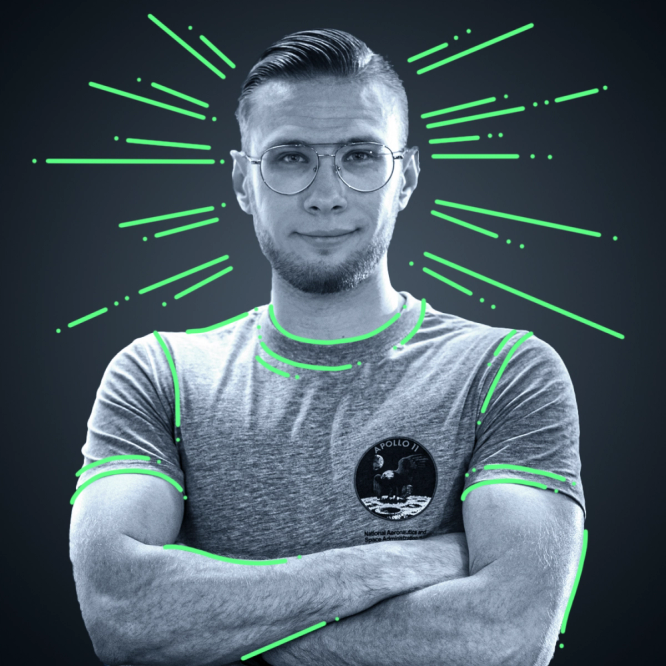
Show appreciation. It’s so simple—and effective. Piotr Smietana, Director of Brand and Marketing Creative at Superside, agrees, “Whether it's a casual chat or a brainstorm, no one should underestimate the power of shout-outs—especially from leaders.”
In addition to prioritizing regular recognition, at the end of each year, Smietana puts together a presentation celebrating his team members’ contributions and wins.
Let your team know they're appreciated.
Evidence proves the value of a thank you. For example, when medical provider Baystate Health instituted a simple peer-to-peer recognition program that included internal newsfeed moments celebrating employee milestones and accomplishments, the company saw a 7X lower turnover rate for nurses who received three or more shoutouts.
Speaking of, thank you to all the leaders who shared their ideas and to leaders, designers and creative teams doing the hard and fun work day after day.
Creative Experiences Are the New Differentiator of Creative Growth
We’re entering a new golden age of creative.
In his book, Sorry, Spock, Emotions Drive Business, Morgan proclaims, “Design-led companies are proving that emotional triggers equal a healthy profit. And creativity doesn’t have to be a threat to strategic thought. It’s time to stop relying on old and inaccurate instincts and start creating better experiences for our customers.”
Creating those experiences starts with empowering your design team. That's why leading creatively and motivating designers isn't just a soft skill—it’s a proven business skill. Considering that nearly 84% of a Fortune 500 company’s value stems from employee talent and well-being—taking care of your very human designers and creators really pays.
❤️ Love learning? 🧑🎨 Check out our events and summits.
Michelle enjoys learning from and empowering ambitious marketers and creatives focused on scaling design and fueling growth.🚀 With more than two decades of experience, she’s worked at both agencies and in-house teams at companies of all sizes in the United States and Canada. She began her career as an advertising copywriter, remastering these skills as a content marketer and becoming a subject matter expert on everything from frozen pies and financial statements to SaaS and now CaaS. Connect with her on LinkedIn.













